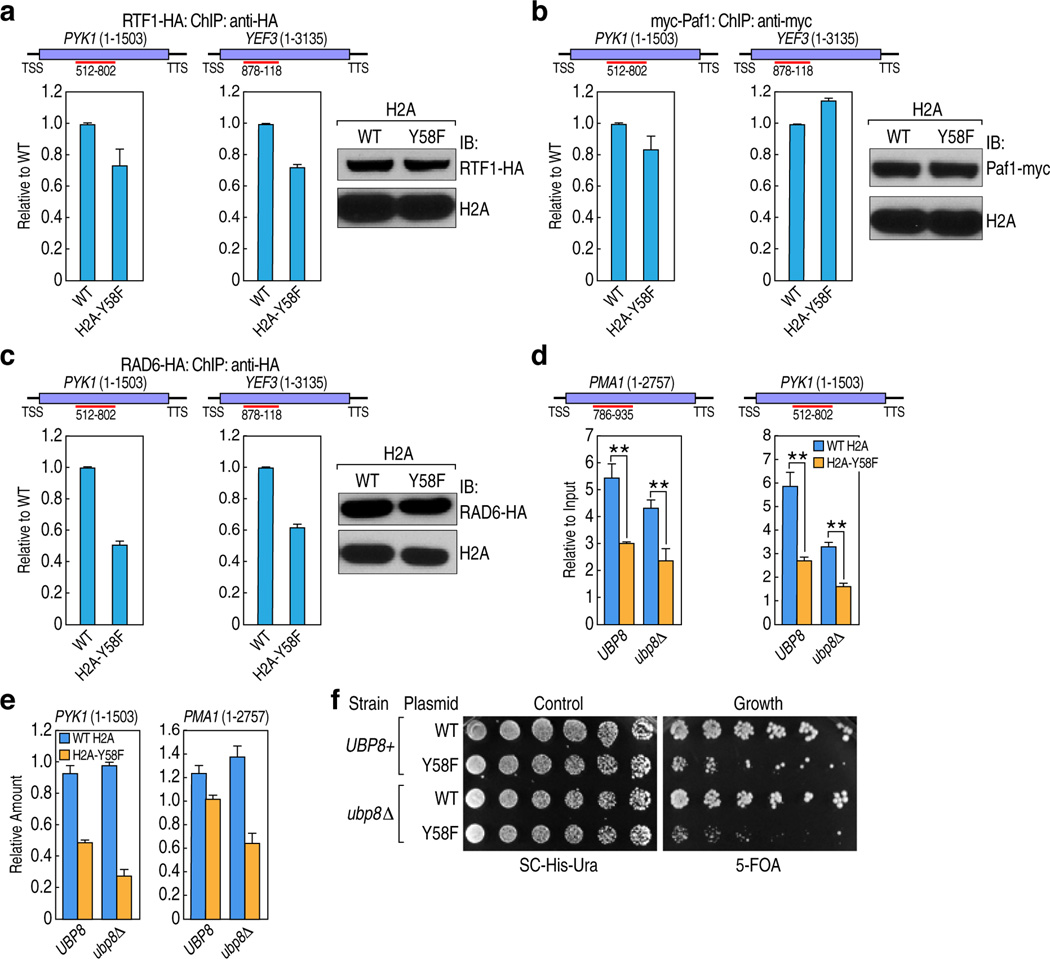Extended Data Figure 4. H2A-Y58F mutation enhances H2B deubiquitylation.
(a–c) The H2A-Y58 mutation has moderate to no effect on the recruitment of the H2B ubiquitylation machinery. Binding of (a) Rtf1-HA, (b) Paf1-myc, and (c) Rad6-HA was measured by ChIP-qPCR in the indicated genes in WT and H2A-Y58F yeasts. Whole cell extracts from the yeast strains were immunoblotted to compare the protein levels. ORF of the genes, and the region amplified by the primer pairs are shown (n=2, mean ± SEM). (d) UBP8 deletion does not rescue Pol II binding in the H2A-Y58F mutant. Pol II binding in the indicated strains was measured by ChIP-qPCR. (n=3, mean ± SEM, * indicates p<0.05, ** indicates p<0.01). P-values were calculated by Student’s two-tailed t-test. The ORF of the genes and the regions amplified by the primer pairs are shown. (e) UBP8 deletion does not rescue the defect in transcriptional output in the H2A-Y58F yeast. The mRNA levels of the indicated genes were determined by RT-qPCR and normalized to SCR1 transcript. (n=2, mean ± SEM). (f) UBP8 deletion does not rescue the growth defect in the H2A-Y58F yeast. UBP8 and ubp8Δ strains transformed with WT H2A or H2A-Y58F were plated at 2.5-fold serial dilutions on SC-His-Ura for growth and 5-FOA for the removal of pJH33. Data represent two (a-c, e, f) or three independent experiments (d).

